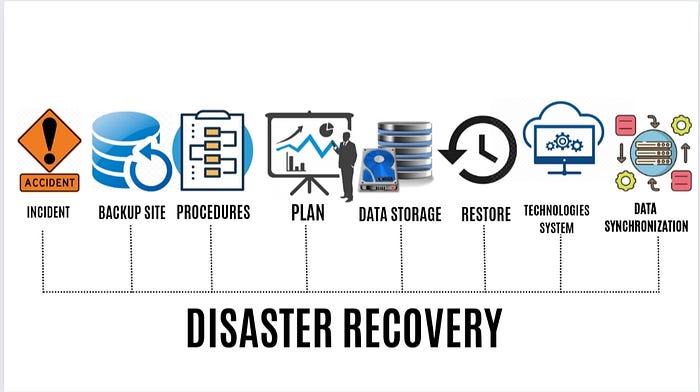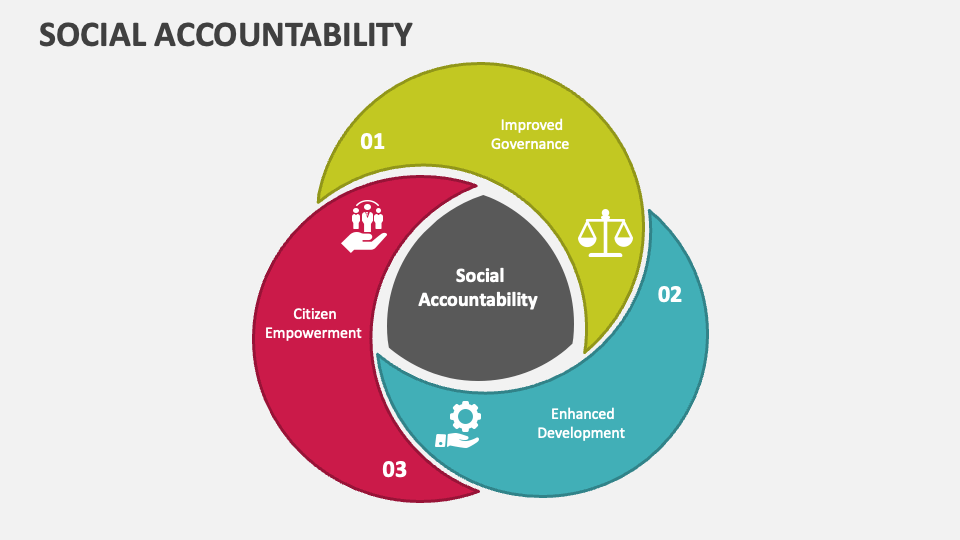
Business Impact Analysis (BIA)
APPLICATION DEADLINE
25th of Every Month
CONTACT
info@nipmacademy.com
LANGUAGE
English
PRICE
Tuition Fee: €7000.00
Business Impact Analysis (BIA) Management Course
Overview
In today’s volatile global environment, organizations face constant threats—from cyberattacks and supply chain disruptions to natural disasters and economic instability. To stay resilient and ensure business continuity, organizations must understand which functions are critical, how disruptions will impact operations, and how quickly services must be restored.
Business Impact Analysis (BIA) is the foundation of effective Business Continuity Planning (BCP). This course, jointly developed and delivered by United Economic Forum, JAS-AAS Inc., USA, and the National Institute of Personnel Management (NIPM), equips professionals with the knowledge and tools to assess potential business impacts and build robust continuity strategies.
Importance of Business Impact Analysis
- Identifies Critical Operations: Helps prioritize essential business functions.
- Quantifies Impact of Disruption: Assesses financial, operational, reputational, and legal consequences.
- Enables Business Continuity Planning: Supports effective recovery and contingency strategies.
- Enhances Organizational Resilience: Strengthens preparedness against unforeseen disruptions.
- Compliance and Risk Management: Aligns with ISO 22301 and other regulatory standards.
Key Benefits of Attending the Course
- Strategic Insight: Learn how to link BIA to enterprise risk and resilience strategies.
- Practical Tools: Gain hands-on experience with BIA templates, tools, and case studies.
- Cross-Functional Application: Suitable for use across IT, HR, operations, finance, and leadership.
- Globally Aligned: Aligned with international standards including ISO 22301.
- Certificate of Completion: Boost your professional profile with global credentials.
Course Schedule
This course is conducted four times annually in the months of:
- January
- April
- July
- October
Course Syllabus
Module 1: Introduction to Business Continuity and BIA
- What is Business Impact Analysis?
- Relationship between BIA and Business Continuity Management (BCM)
- Overview of international standards (e.g., ISO 22301)
Module 2: Organizational Context and Risk Assessment
- Understanding internal and external environments
- Identifying threats and vulnerabilities
- Risk assessment methodology overview
Module 3: BIA Process Framework
- Key components of the BIA process
- Stakeholder engagement and governance
- Defining scope and objectives of the BIA
Module 4: Identifying and Evaluating Business Functions
- Determining critical processes and dependencies
- Assessing interdependencies across departments
- Identifying resources (people, tech, facilities)
Module 5: Impact Assessment and Recovery Requirements
- Measuring financial and operational impact
- Determining Recovery Time Objectives (RTO) and Recovery Point Objectives (RPO)
- Regulatory and contractual obligations
Module 6: Data Collection and Analysis
- BIA questionnaires and interview techniques
- Gathering and analyzing data effectively
- Building impact scenarios
Module 7: Reporting and Communication
- Developing BIA reports and executive summaries
- Communicating findings to senior management
- Integrating BIA into Business Continuity Plans
Module 8: Maintaining and Reviewing the BIA
- Keeping BIA current with organizational change
- Scheduling regular reviews and updates
- Lessons learned and post-incident analysis


